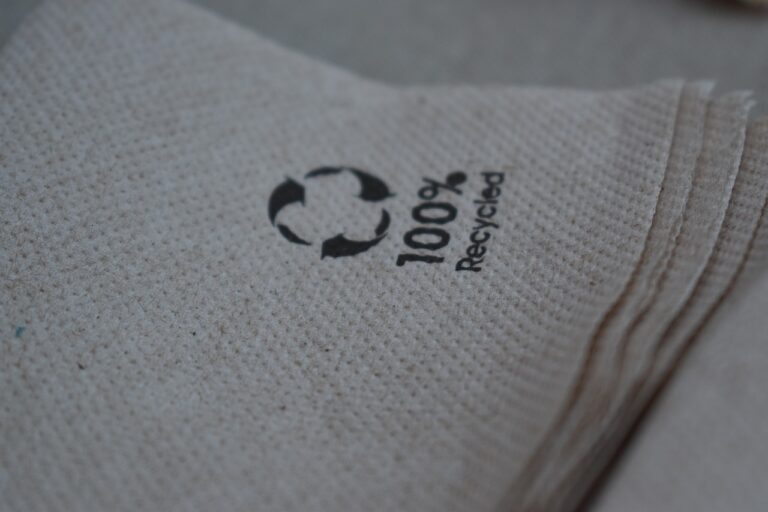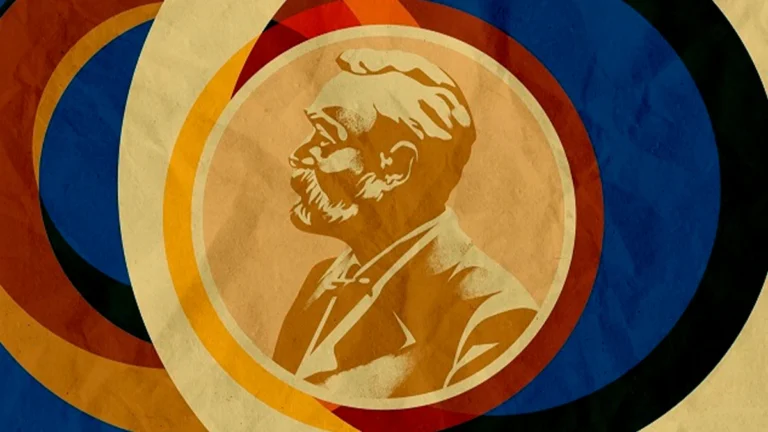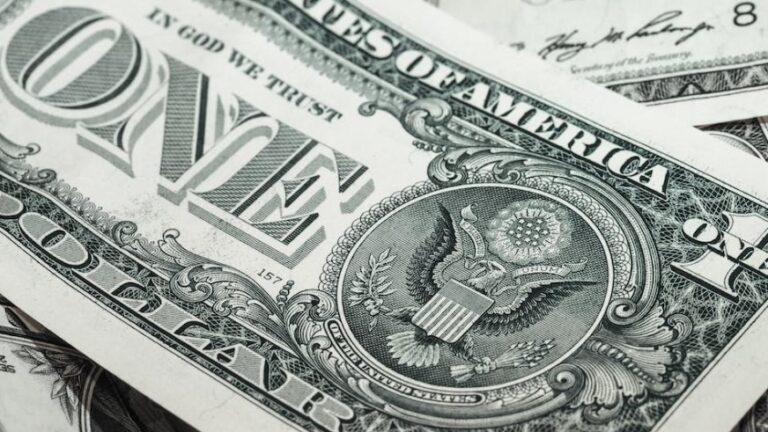We’re living in a world where we’re running out of resources at an alarming rate. Global demand for water, land, and energy is increasing while our natural resources are declining. We can no longer rely on linear growth models with finite sources of raw materials and energy. They simply don’t work anymore.
That’s why there’s been such a buzz around the circular economy in recent years. It’s a way of designing our economy that harnesses the power of nature to create resilience, zero waste, and more sustainable solutions for future generations
Table of Contents
The circular economy is a regenerative design process with three guidelines:
1. Eliminate waste
The concept of zero waste is based on the idea that one should design products, services, and systems such that all materials are reused or recycled at the end of their useful life with no loss in quality or value. That means designing out packaging, reducing consumption, and reusing materials where possible.
2. Keep materials in circulation
Once you’ve collected your materials, the next step is to keep them in circulation.
There are several ways to do this: reuse, recycle and repurpose. Reuse means using something again for its original purpose. Recycling means transforming waste into a new substance for another use. While, repurposing means finding a new use for an existing product or material.
These techniques help reduce the amount of waste going into landfills, incinerators, and recycling centers.
3. Regenerate natural systems
The circular economy model aims to regenerate the earth’s natural systems by using products, materials, and technologies in new ways. By regenerating natural resources, we can reduce our impact on our environment.
For example, if you buy a T-shirt made from recycled plastic bottles and use it for ten years before donating it to charity, you’ve saved ten virgin plastic bottles from being used to make new clothes.
Why is circular economy so important today
To meet the needs of an ever-growing population, we will need to use more natural resources than ever before. But, at the same time, our ability to produce these materials is limited by finite natural resources such as oil and coal and land availability for farming and mining activities.
These factors mean that our current linear economy isn’t sustainable over the long term. We need to make better use of what we already have rather than constantly increasing production levels to meet demand.
A circular economy would help us reduce waste, reuse materials, and create products that can be easily repaired or upgraded rather than discarded at the first sign of wear or tear. This saves money on raw materials and reduces greenhouse gas emissions due to less energy being consumed during production processes.
A circular economy is also a great way to create jobs. By using recycled materials and creating new products from them, we can save money on raw materials and reduce the need for imports. This will lead to more manufacturing jobs.
Examples of circular economy
Here are some examples of circular economy initiatives:
Car sharing
Shared cars are available for public use at set locations. They can be booked online or by phone, picked up at one location, and dropped off at another.
It is more efficient than owning a car because it reduces unwanted car ownership (and thereby reduces material consumption). Moreover, car sharing reduces pollution by taking cars off the road that would otherwise be driven only once a week or not at all.
Food
The Food Waste Reduction Alliance (FWRA) is an initiative that aims to reduce food wastage in Canada. It includes members like Loblaw, Sobeys, and Walmart. How does it work?
The FWRA collaborates with these companies and charities to help consumers donate surplus food to local food banks. This allows retailers to divert food that would otherwise be thrown away into the hands of those who need it most.
Tech
Circular Economy Europe is a network of companies that aims to reduce waste by up to 90% by 2030. The group works with companies like Philips and Siemens to find new ways for technology products to be reused or recycled after consumers or businesses have discarded them.
Clothing
The average UK household throws away 70 garments every year. This is worth £300, according to research from WRAP (Waste & Resources Action Program).
But there are many opportunities for consumers to recycle unwanted clothes through charities such as Oxfam or textiles banks such as Clothing Aid Scotland. The app called Repurpose allows you to sell your clothes to a new owner instead of throwing them away.
How do you implement a circular economy
The first thing to do is look at your company’s existing processes and see if any areas could be improved. For example, do you have excess inventory or products that are never sold? Can these items be reused or repurposed? If so, how can they be used in new ways?
Once you’ve identified areas where improvements can be made, ask yourself what steps need to be taken to make those changes happen. Is it possible to donate or recycle items instead of throwing them away? If so, what kind of resources will this take from your organization? You’ll also want to think about how much time and money it will cost for your team members to manage these items.
Circular Economy isn’t just about recycling or reusing items — it’s about ensuring that everything that comes into contact with your product goes back into the system, so nothing gets wasted. This means paying close attention to all aspects of your business model: from packaging materials to how your product is designed and manufactured.
You may also want to consider how much waste you can prevent from the beginning. For example, if you’re selling a product that comes in a box, does it need to be packaged in one? Or could you use an alternative, like a reusable bag or container instead?
Is circular economy a necessary change?
Our economy has been based on linear growth for far too long. We need to consider how we can transition from that model into one that allows us to live more sustainably while still producing the goods and services we need.
The circular economy is an approach that aims to do just this by encouraging closed-loop systems in which materials are reused instead of thrown away after use. This means designing products so they’re easier to refurbish or reuse at the end of their life span rather than tossing them into landfills where they’ll sit forever without being used again.
Read also: What are the 17 UN Sustainable Development Goals: is the world on track to reach them by 2030?












